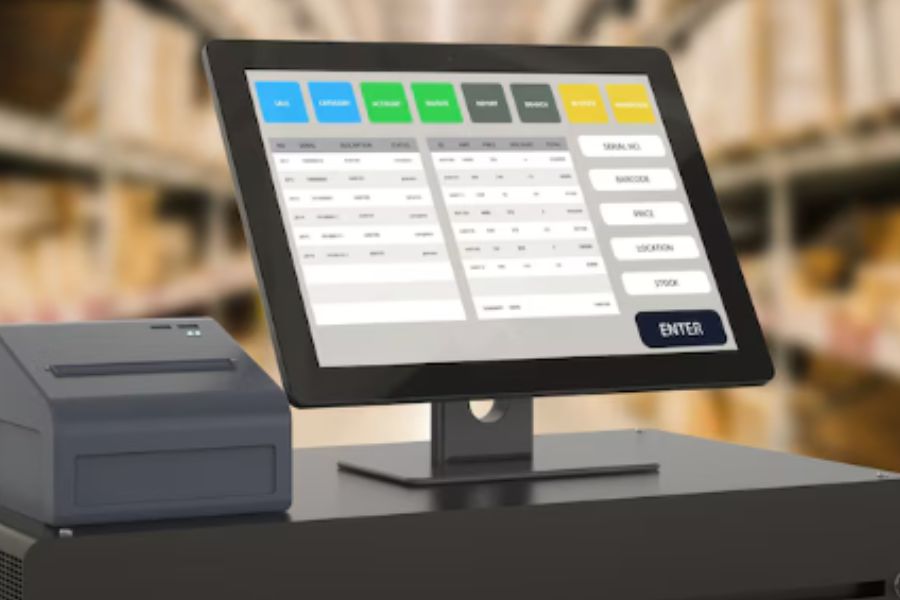Product return is something most businesses are afraid of as it doesn’t bring any profit, only losses. Running a store smoothly already has so much to worry about, while returning merchandise does not help ease store management’s complexity. This process is a pain as it requires separate employees and processes to take care of the returned goods. This is where return merchandise authorization comes into play.
It helps reduce the effort retailers put in and manage the returned merchandise for you through a tracking and controlling system. In today’s article, we will discuss how to make the most of your RMA optimization methods for retailers and ensure the best customer experience when returning goods.
Equip With Durable, High-Quality Device
While RMA ensures a smooth product return process, retailers should keep in mind that the system needs certain key, high-quality devices to support it with the procedure:
- Handheld scanners – it doesn’t make sense to write product ID numbers on every single returned product manually as it will be too time-consuming. Therefore, retailers should equip their staff with handheld scanners or machines that can automatically scan the product ID and make an entry into the system. It reduces time and increases efficiency considerably.
- Warehouse management system – make sure to prepare a good warehouse management system that returns goods can be sent to and accordingly replenishes the stock in the store. If the goods are broken, the system should be able to notify the business owners so that they can take action immediately.
- Accounting system – the accounting system must calculate the in and out of money after receiving the returned goods. Retailers might need to give a refund, deduct some amount from the refund if possible, pay tax, and shipping fees at the same time, which are too complicated to do manually. Therefore, an accounting system is highly recommended.
ConnectPOS offers Amasty RMA which is compatible with the Magento eCommerce store. Amasty RMA consists of advanced features for RMA optimization such as processing all requests automatically using an add-on, accounting tool, auto-generate shipping labels or disable returns for particular items.
Update The System Frequently
Business owners should keep in mind to update their RMA system in such a way that it can easily track the serial number of the product that was sold earlier, and is now being returned. Once the product is tracked with the serial number, your RMA system must be able to generate a return label for the product and schedule a pickup of the returned product from the customer’s doorstep.
Additionally, RMA optimization must update the system whenever retailers have new products in their stores. It would create such a mess for the owners and their employees to handle if new goods are sold and returned but the RMA system cannot recognize it.
Intervene Manually
While most parts of an RMA system is automated, business owners should make sure their staff is not entirely dependent on the RMA system. They must manage all the returns properly and monitor the inventory at the warehouse regularly so that there are no discrepancies at the end of the day.
A formalized checklist or policy should be implied for RMA optimization. Even though retailers can trust their staff, it is sometimes hard to work carefully when no one is supervising them. You can even stop by suddenly sometimes to check the returned procedures and ensure your employees intervene manually at several important stages.
Have Fixed Policy For Return Goods
When you set up an RMA system, it already takes care of all the complicated work for you. Therefore, it is your responsibility to come up with a fixed and formalized policy for return goods. RMA is just a tool to make the process easier, which cannot develop the core policy for you. If your policy for returning goods is not clear and proper, you will surely lose a lot of money no matter how great your RMA system is.
The return policy doesn’t need to be long and complicated. However, it should have basic information about returning goods to your store. Below are some important factors to be included:
- How many days after the purchase customers can initiate a return?
- How should they initiate a return?
- Conditions of returns (must have the receipt or price tag, must be unworn, etc)
- What form do you provide a refund in? (store credit, original form of payment, etc)
- Who pays return shipping costs? (usually the sellers should be the ones who pays the shipping fee)
- Are there any restocking or other fees you deduct from refunds?
Wrapping up
Through this article, we hope you understand more about RMA optimization to support you with the returned goods procedure. Please feel free to contact us with any questions!



